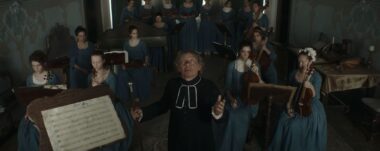Penca Bombing: What Is Known 39 Years After The Incident?
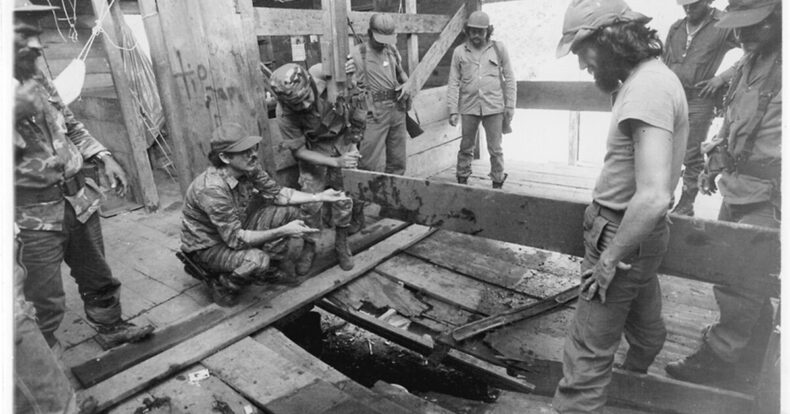
In 1984, La Penca bombing took place, an event that marked the history of journalism in both Nicaragua and Costa Rica. What is known about the attack?
La Penca bombing (on the border between Nicaragua and Costa Rica) took place on May 30, 1984 during a press conference given by Edén Pastora, a major opponent of the Nicaraguan regime at the time.
This attack was carried out in an attempt to assassinate Commander Eden Pastora during his conference by means of a bomb. The detonation hit several journalists and cameramen of the national and international press present in the place. As a result, 22 journalists were injured and 7 died.
Who Was Edén Pastora?
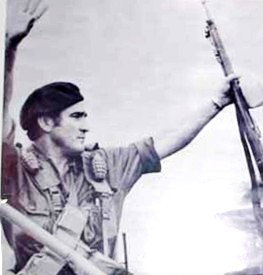
Edén Pastora survived La Penca bombing and died in 2020 at the age of 83 due to health complications. Who was this person?
Edén Pastora or Comandante Cero led the 1978 guerrilla movement that took Managua’s National Palace by storm. Here he held thousands of politicians sympathetic to Somoza in order to free political prisoners. He was able to achieve his goal and the legend of his name “Comandante Cero” was born.
After that, the dictatorship of Anastasio Somoza ended in 1979 and Pastora assumed the position of vice minister in the Department of the Interior and received the appointment of first national chief of the militias of the Sandinista National Liberation Front (FSLN). In addition, Daniel Ortega himself appointed Pastora as chief of the General Staff of the insurgent army.
However over time rivalries began to emerge with the political leaders of the revolution, especially with the Ortega brothers. Pastora himself made his conflicts public on July 8, 1981 and sought exile in Panama and later in Costa Rica.
In 1982, he announced his break with the Nicaraguan government and formed an opposition force that would fight against the Sandinista executive. This earned him a death sentence from the commanders of the military junta.
While in Costa Rica, he created the Sandino Revolutionary Front, an armed group for which he managed to recruit thousands of combatants and which, before 1982, adopted the name Alianza Revolucionaria Democrática (ARDE).
Thus, in May of that same year, he organized a press conference in which he wanted to denounce the pressures he was receiving from the CIA to abandon the armed conflict.
The Bombing
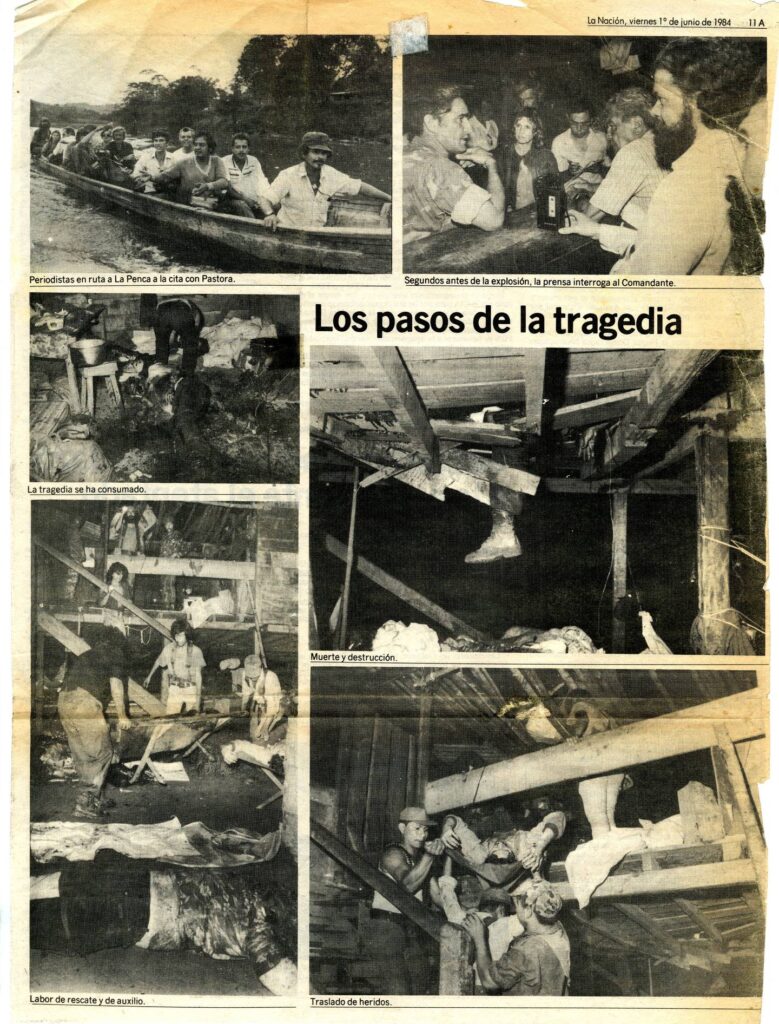
The press conference took place in a closed hut, where several national and international journalists arrived at night. Due to the time, Pastora asked for the conference to begin the following morning, but the journalists began to ask the commander many questions and an improvised conference began.
It is believed that the bomb was hidden in the aluminum box of a camera belonging to one of the individuals who was carrying a false Danish passport under the name of Per Anker Hansen. It is thought that this person placed the bomb under the table and used a technical failure as an excuse to leave the room. Seconds later, the bomb exploded.
The attack killed: U.S. journalist Linda Frazier, Costa Rican cameraman Jorge Quirós, his assistant Evelio Sequeira and four men from Edén Pastora. Twelve other people were injured.
Hansen” was unharmed and was transported to San José with the rest of the wounded. There, he disappeared.
What Do We Know Today?
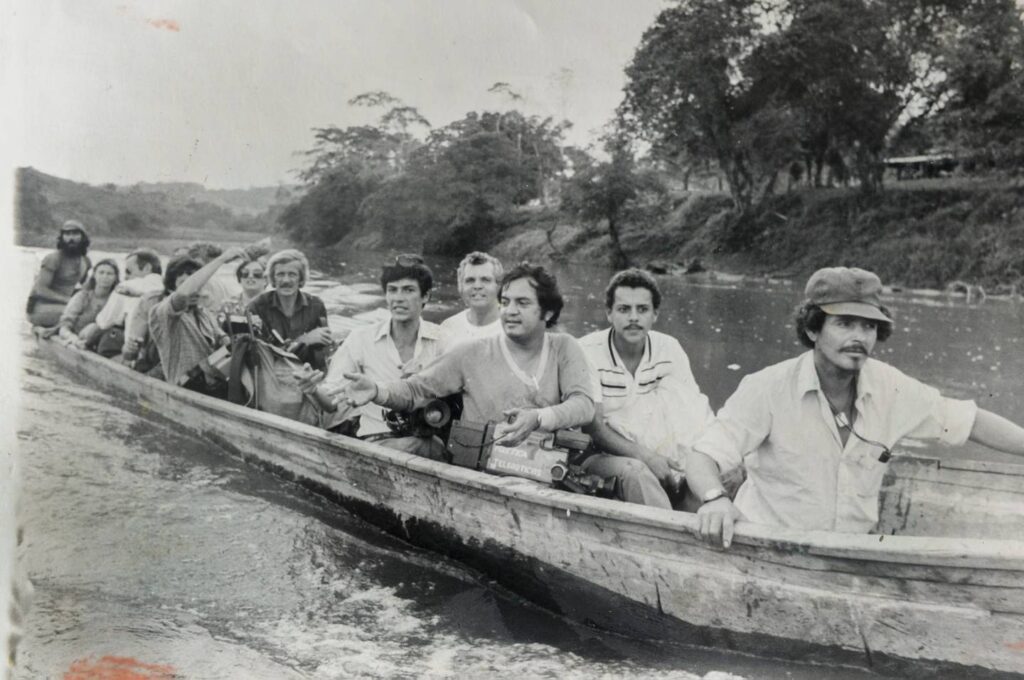
Several investigations have been carried out. Tony Avirgan, an American journalist present at the attack, and his wife Martha Honey concluded that the CIA was responsible for the attack.
On top of that, in 1990 an investigation by a Costa Rican investigating judge accused the CIA of orchestrating the attack and murder charges were filed against CIA member Felipe Vidal and John Hull, a U.S. farmer living in Costa Rica at the time.
Was This The Whole Answer?
After the terrorist was recognized, the journalist and survivor of the attack, Peter Torbiörnsson, confessed that he sympathized with the Sandinista movement and helped “Hansen” reach Managua. However, he never suspected him of being a murderer.
Some time later, in 1993, Juan Tamayo, a journalist for the Miami Herald, received information from a former member of the Argentinean People’s Revolutionary Army (ERP). He said he had recognized the terrorist from photographs. After several investigations, the Argentine authorities confirmed the identity of the attacker under the name of Gaguine, a member of a group of guerrillas who died in the 1989 attack against the La Tablada barracks.
In 2009, Torbiörnsson submitted a statement to the Nicaraguan police in which he named Montero, the former Sandinista Minister of the Interior, Comandante Tomás Borge and the former head of Nicaraguan state security, Lenín Cerna, as the masterminds of the bombing. He further stated that Nicaraguan President Daniel Ortega admitted to him five years after the bombing that the bombing had been orchestrated by his government, but that Ortega later opted to cover it up and obtain Pastora’s silence and cooperation by giving him a position in the second Sandinista government.
To this day, Costa Rica keeps the investigation open, ensuring that the facts never lose their legal validity to be investigated or charged.
Here is an article that may also be of interest to you: The Parmenio Medina case in Costa Rica – SensorialSunsets.
Sensorial Sunsets
Navigate articles





